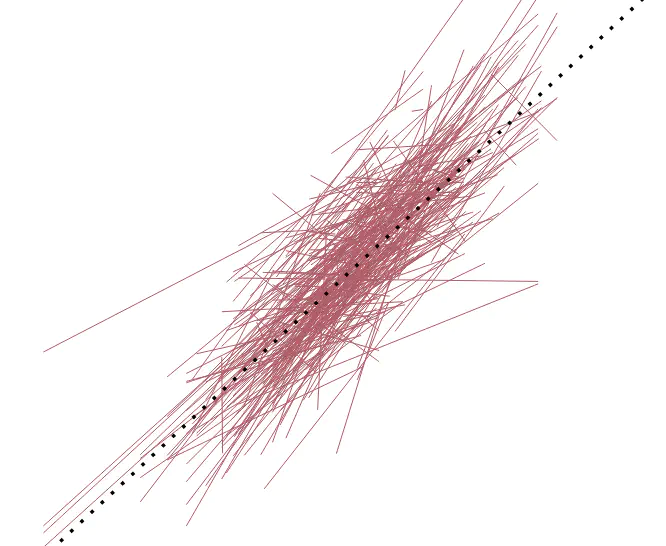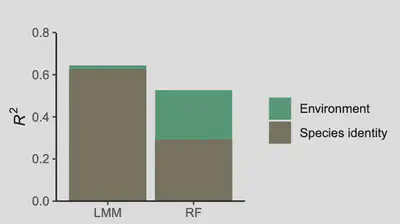Controls on leaf N and P

(How) do environmental factors and species affiliation influence nitrogen (N) and phosphorus (P) concentrations in plant leaves?
A widespread assumption is that the nutrient concentration of leaves is mainly determined by species affiliation - a concept known as the “biogeochemical niche hypothesis”. This hypothesis assumes that each plant species occupies a fixed biogeochemical niche with specific N:P ratios. Our study (Tian et al., 2024) challenges this assumption by analyzing the influence of environmental factors on leaf nutrient composition using various statistical and machine learning-based models.

About half of the total variation in leaf N and P and in the N:P ratio occurs within species, while environmental variables explain 29 % of the variation in leaf N, 31 % in leaf P and 22 % in the N:P ratio. Nitrogen deposition, atmospheric CO2 concentrations and the temperature of the coldest month are particularly significant. Random forest models identified environmental factors as significant drivers of within-species variation, while linear mixed effects models largely failed to detect these effects. Many species show a high plasticity in their leaf nutrient composition along environmental gradients, indicating a flexible adaptation to different environmental conditions. The results of the study suggest that environmental factors play as important a role as phylogenetic affiliation in determining leaf nutrient composition. We also show that previous interpretations of the data were based on limited statistical methods. This challenges the previous assumption of a fixed biogeochemical niche and emphasizes the importance of phenotypic plasticity of plants.
Reference
Tian, D., Yan, Z., Schmid, B., Kattge, J., Fang, J., and Stocker, B. D.: Environmental versus phylogenetic controls on leaf nitrogen and phosphorous concentrations in vascular plants, Nature Communications, 15, 5346, https://doi.org/10.1038/s41467-024-49665-4, 2024.